
Can Oven Racks Go in the Dishwasher?
Keeping your oven clean can be a messy, time-consuming task – but what if your oven could do it for you? That’s exactly what a pyrolytic oven is designed to do. With its high-heat self-cleaning function, it can incinerate burnt-on food and grease into ash, so all you have to do is wipe it away. But how does it work, and more importantly – is it worth it?
Let’s break it all down.
What Is a Pyrolytic Oven?
A pyrolytic oven is a type of self-cleaning oven that uses extremely high temperatures – usually around 450–500°C – to turn leftover food spills and grease into fine ash. You won’t need harsh chemicals or hours of scrubbing. Instead, just activate the pyrolytic cleaning cycle, wait a few hours, and wipe away the residue.
It’s the ultimate low-effort way to keep your oven looking spotless.
How Does a Pyrolytic Oven Work?
Here’s a step-by-step of what happens during a pyrolytic cleaning cycle:
- Start the cycle: Select the pyrolytic function on your oven’s control panel.
- Auto-locking door: The oven locks itself automatically for safety during the cycle.
- Heating phase: It heats up to around 500°C, burning off grease and residue.
- Carbonisation: All leftover food and grime are turned to ash.
- Cooling down: The oven cools and unlocks when it’s safe to open.
- Wipe clean: Simply wipe the ash away with a damp cloth. Done!
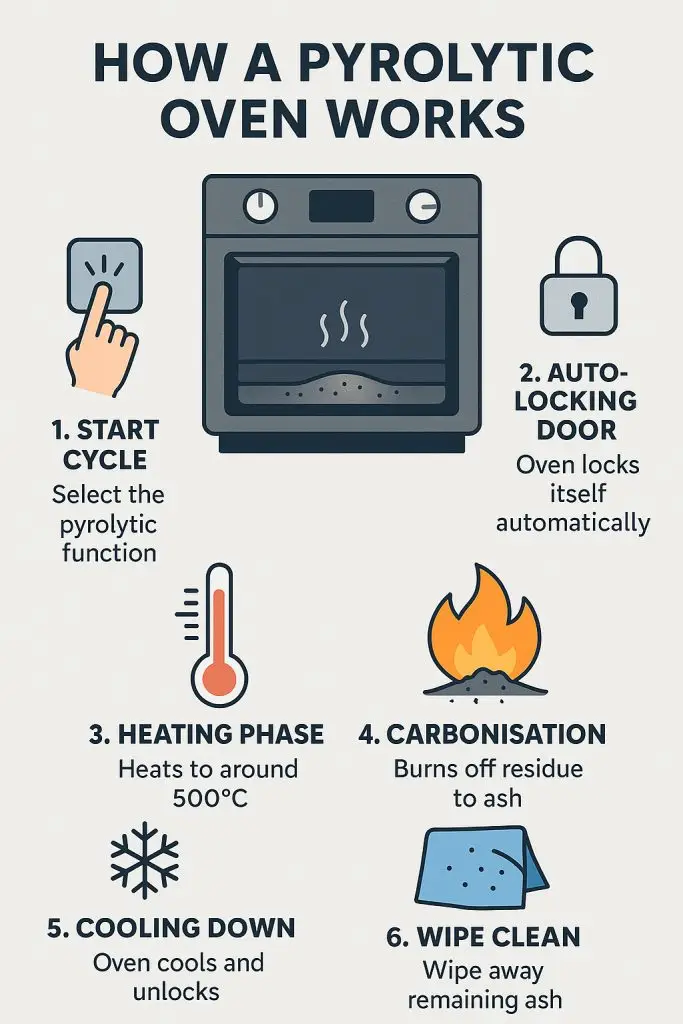
Pyrolytic vs Other Oven Cleaning Methods
There are three main types of oven cleaning systems: pyrolytic, catalytic liners, and steam cleaning. Here’s how they compare:
| Feature | Pyrolytic | Catalytic Liners | Steam Cleaning |
|---|---|---|---|
| Temperature | Up to 500°C | Normal cooking temperatures | Around 100°C |
| Cleaning method | Burns residue to ash | Absorbs grease during cooking | Loosens grime with steam |
| Manual effort | Minimal | Some scrubbing required | Requires wiping afterwards |
| Maintenance | Low | Liners may need replacing | Needs water before use |
| Cost | Higher | Mid-range | Lower upfront cost |
Pros and Cons of Pyrolytic Ovens
Advantages
- No need for chemical oven cleaners
- Deep clean that removes all residue and bacteria
- Saves time and physical effort
- Great for households that bake or roast frequently
Disadvantages
- More expensive than standard models
- Uses extra energy during cleaning cycles
- You’ll need to remove shelves and trays beforehand
Is a Pyrolytic Oven Worth It?
In short – yes, for many households, it absolutely is.
If you:
- Use your oven frequently
- Dislike cleaning it
- Prefer a hygienic, hassle-free solution
…then a pyrolytic oven could be a smart long-term investment. While the initial cost is higher, it could save you hours of scrubbing, as well as money spent on cleaning products.
However, if you only use your oven occasionally or don’t mind a bit of elbow grease, a standard or catalytic model may be enough for your needs.
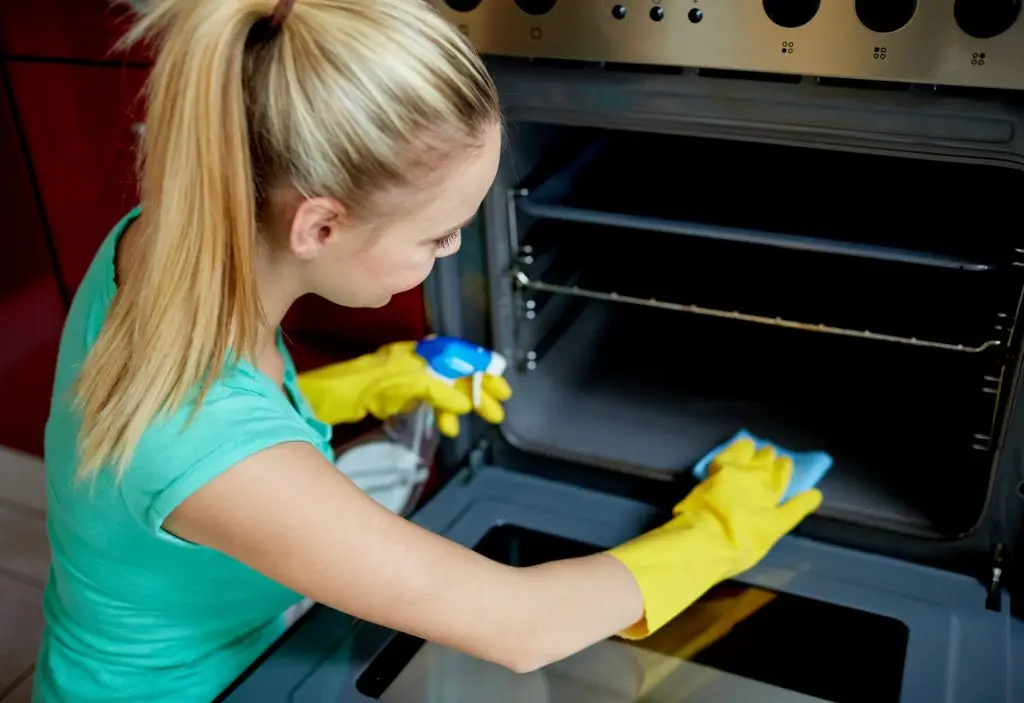
Conclusion
A pyrolytic oven can transform how you clean your kitchen – using nothing more than intense heat and a quick wipe to keep your cooking space spotless. If you’re looking to save time, reduce cleaning hassle, and invest in a modern, hygienic appliance, a self-cleaning oven with pyrolytic technology might just be worth the upgrade.
Thinking of switching? Browse our range of pyrolytic ovens to find one that suits your kitchen.
Frequently Asked Questions
- All Posts
- Cooker Hood Guides & Advice
- Dishwasher Guides & Advice
- General Appliance Guides & Advice
- Hob Guides & Advice
- Laundry Guides & Advice
- Microwave Guides & Advice
- Oven Guides & Advice
- Wine Cooler Guides & Advice
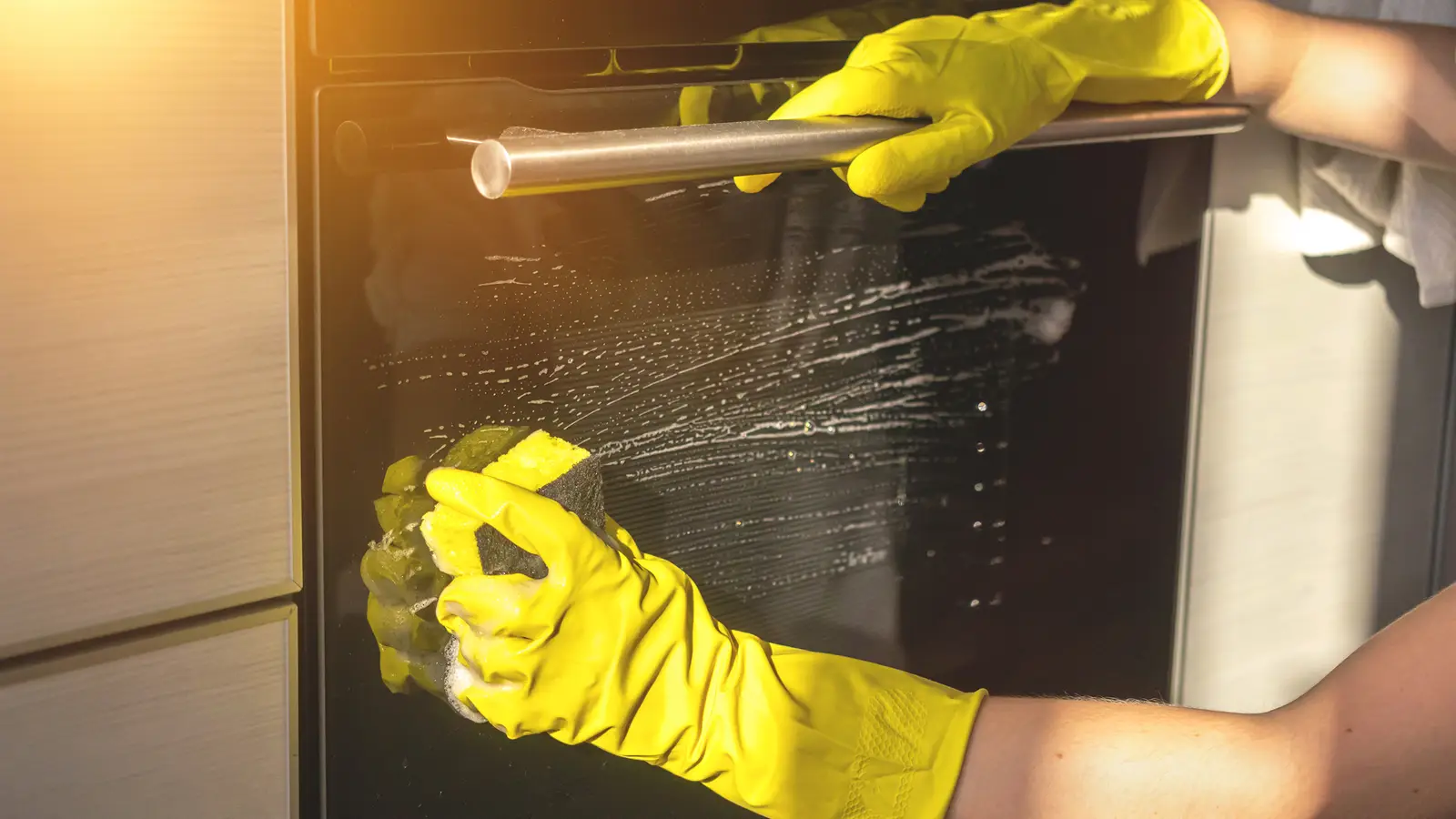
Learn how to clean glass oven door windows safely and effectively, inside and out. Follow our simple steps for clear,...
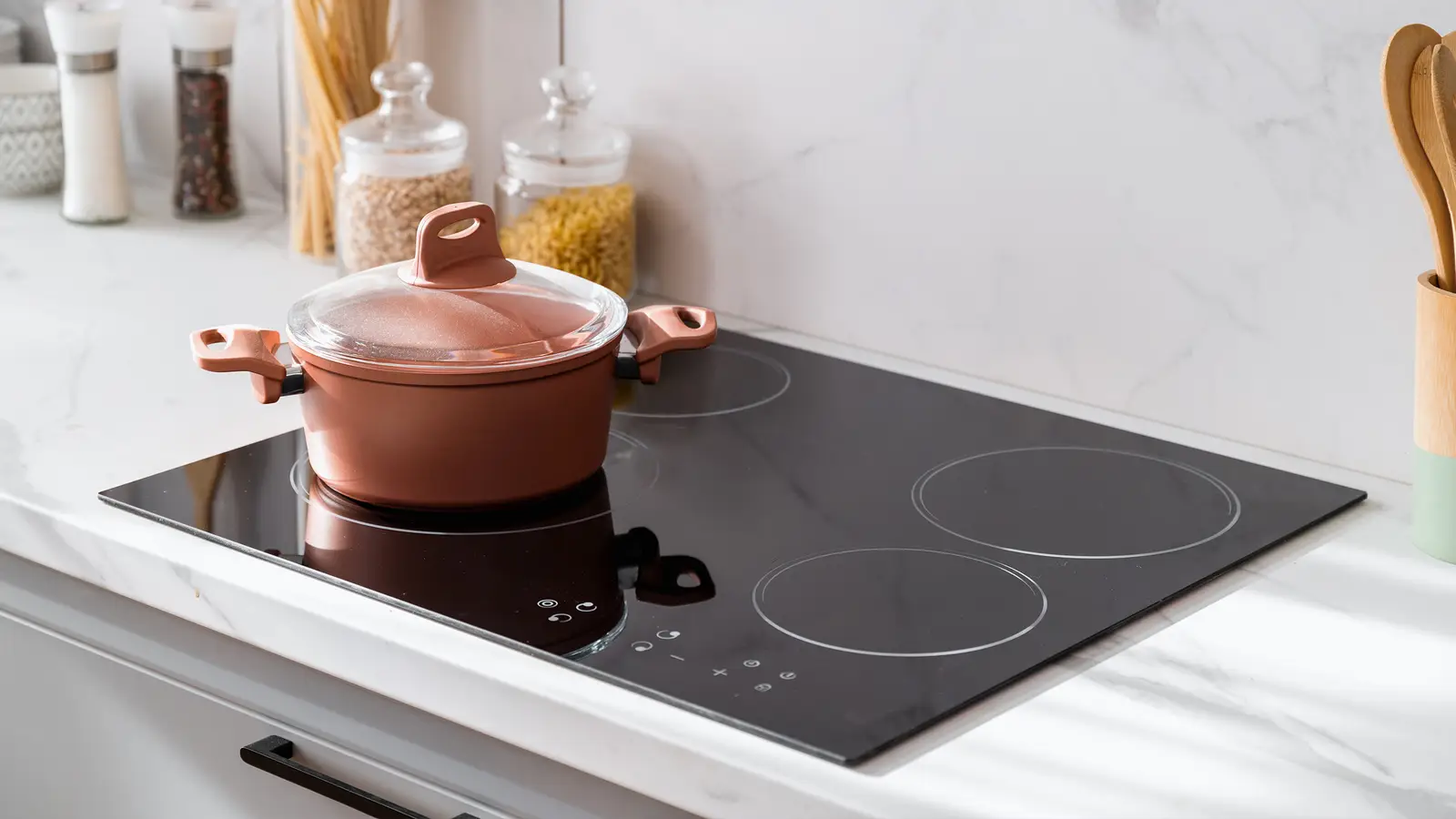
Can a ceramic hob be plugged into a normal socket? Learn the safety rules, power limits and installation advice before...
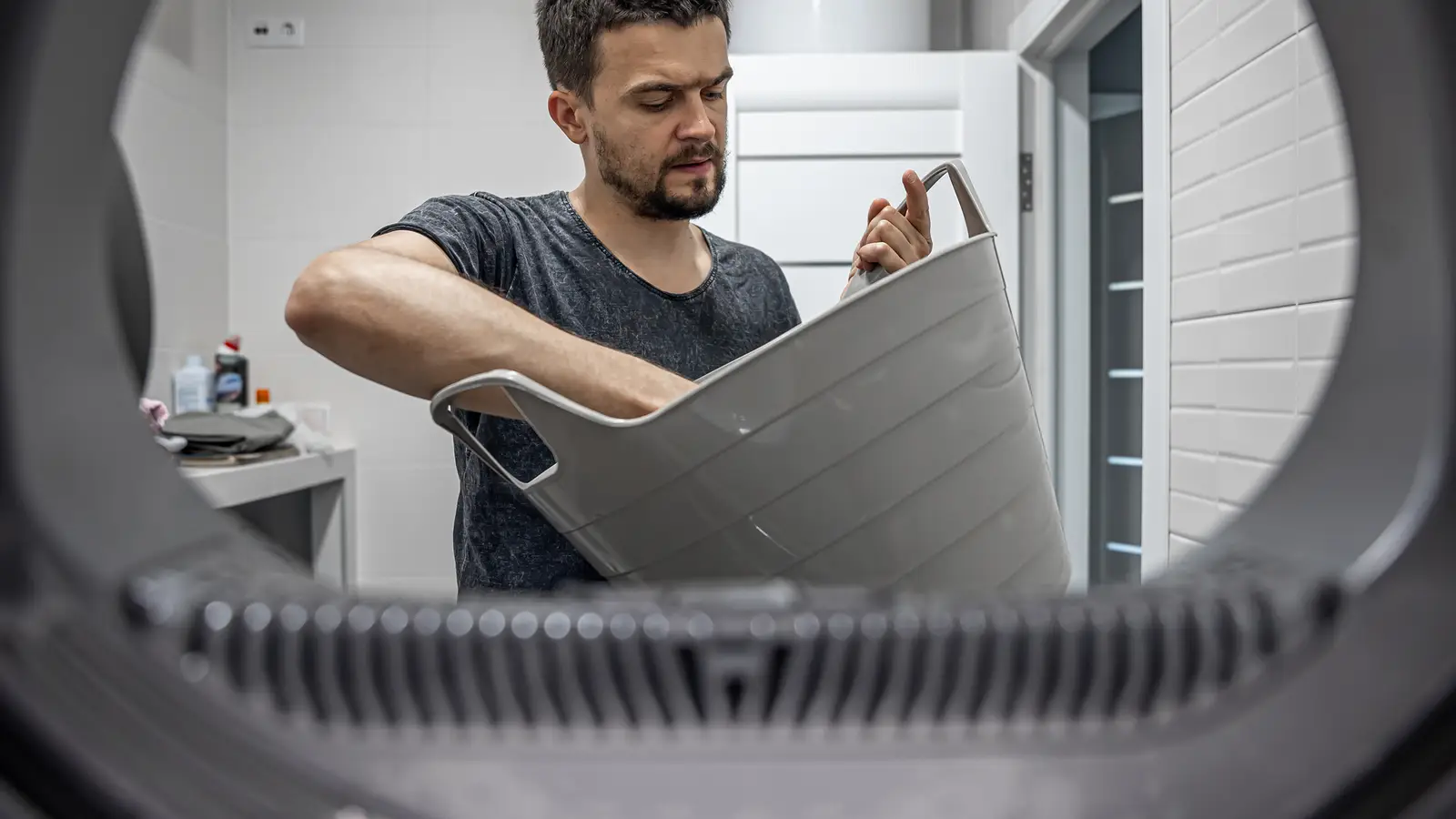
Discover how integrated washer-dryers really perform, including space, venting and drying realities. Learn what to expect before buying. Read now.

Learn what freezer burn is, how to prevent it, and keep your food fresher for longer. Follow these simple tips...
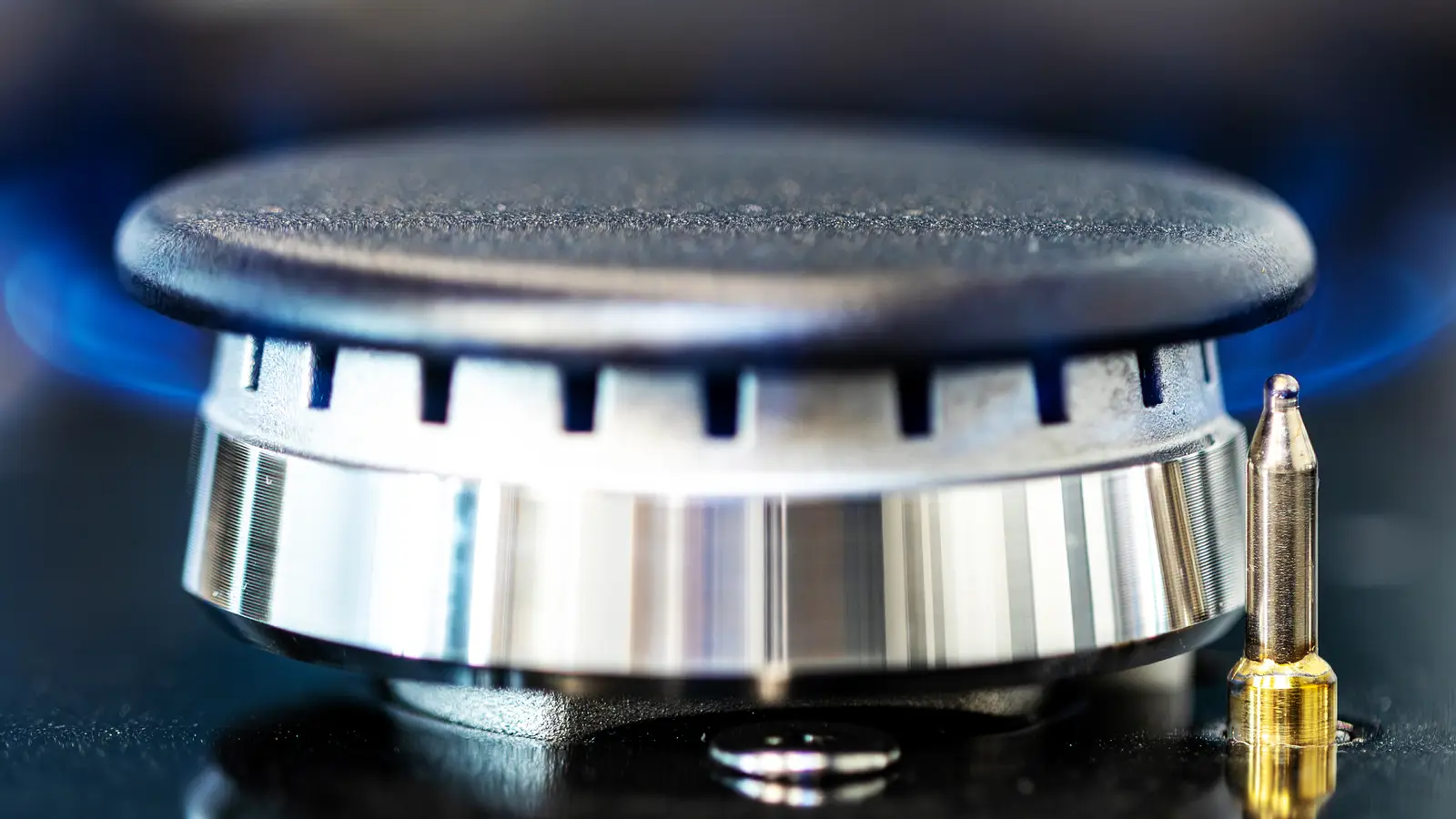
Find out if you can plug a gas hob ignition into a normal socket, plus safety rules and installer guidance....
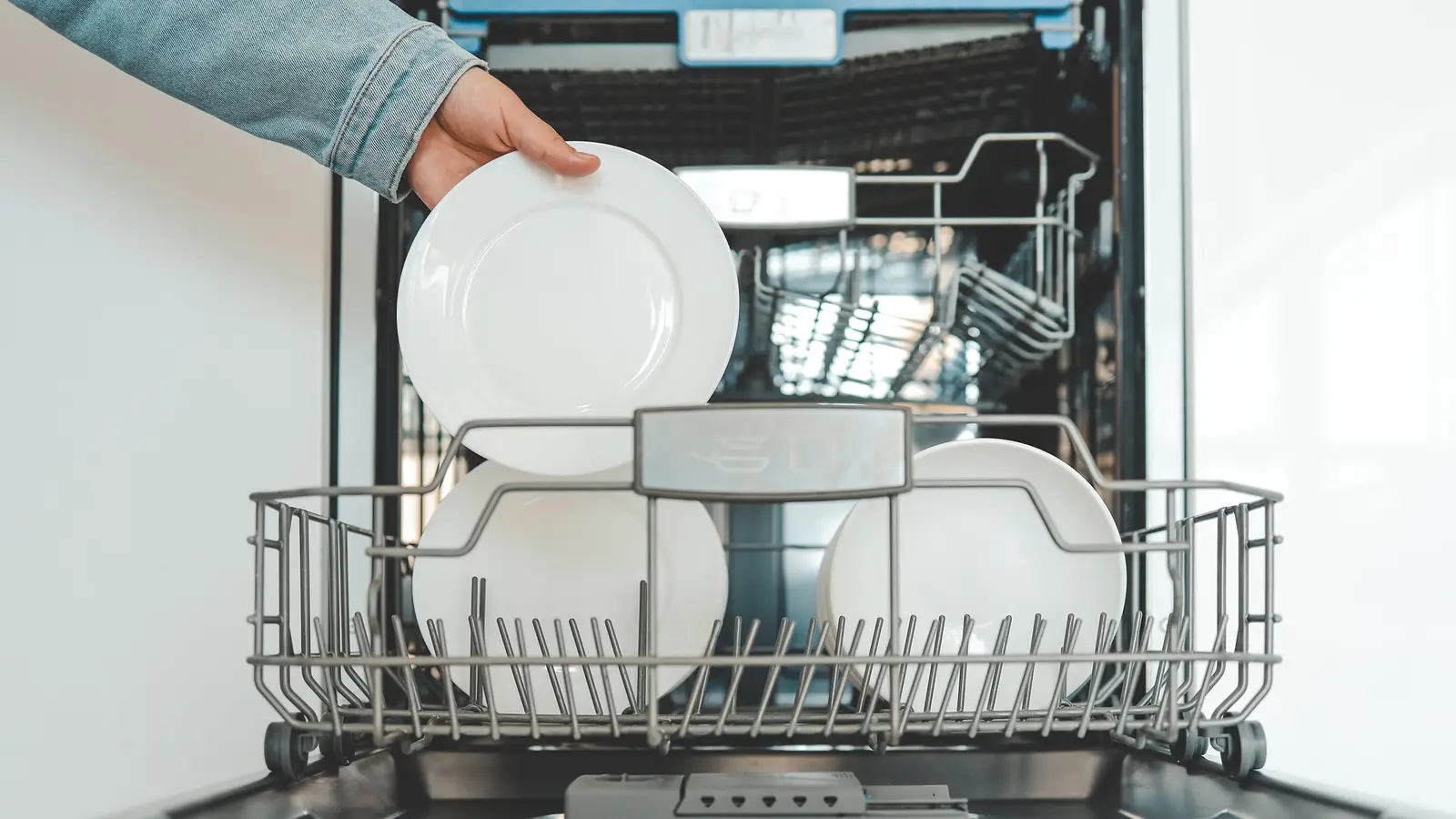
Learn what dishwasher salt and rinse aid do, why they matter, and when to refill them for the best cleaning...
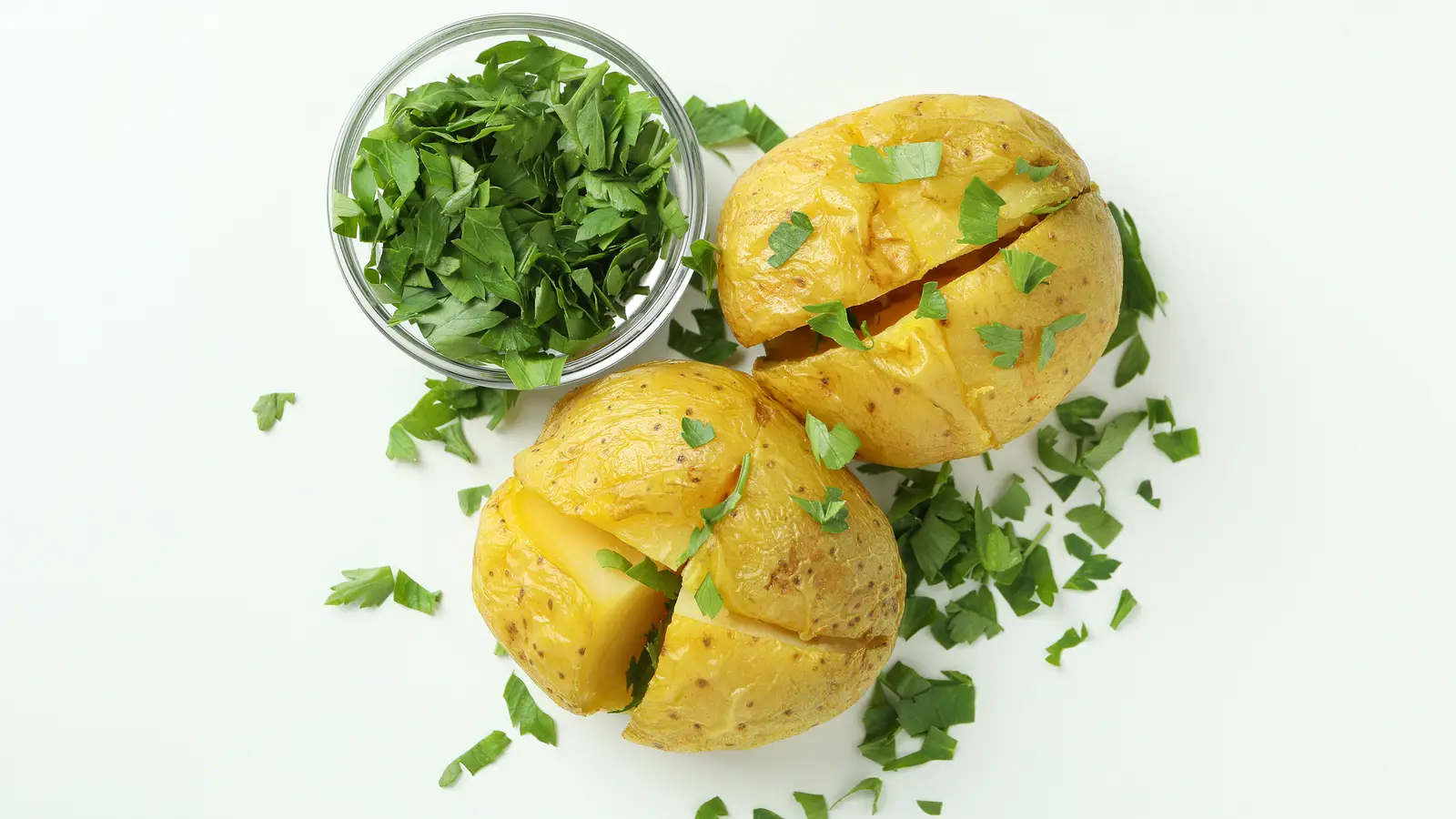
Learn how to cook the perfect jacket potato with crispy skin and a fluffy centre. Quick, simple steps for oven...
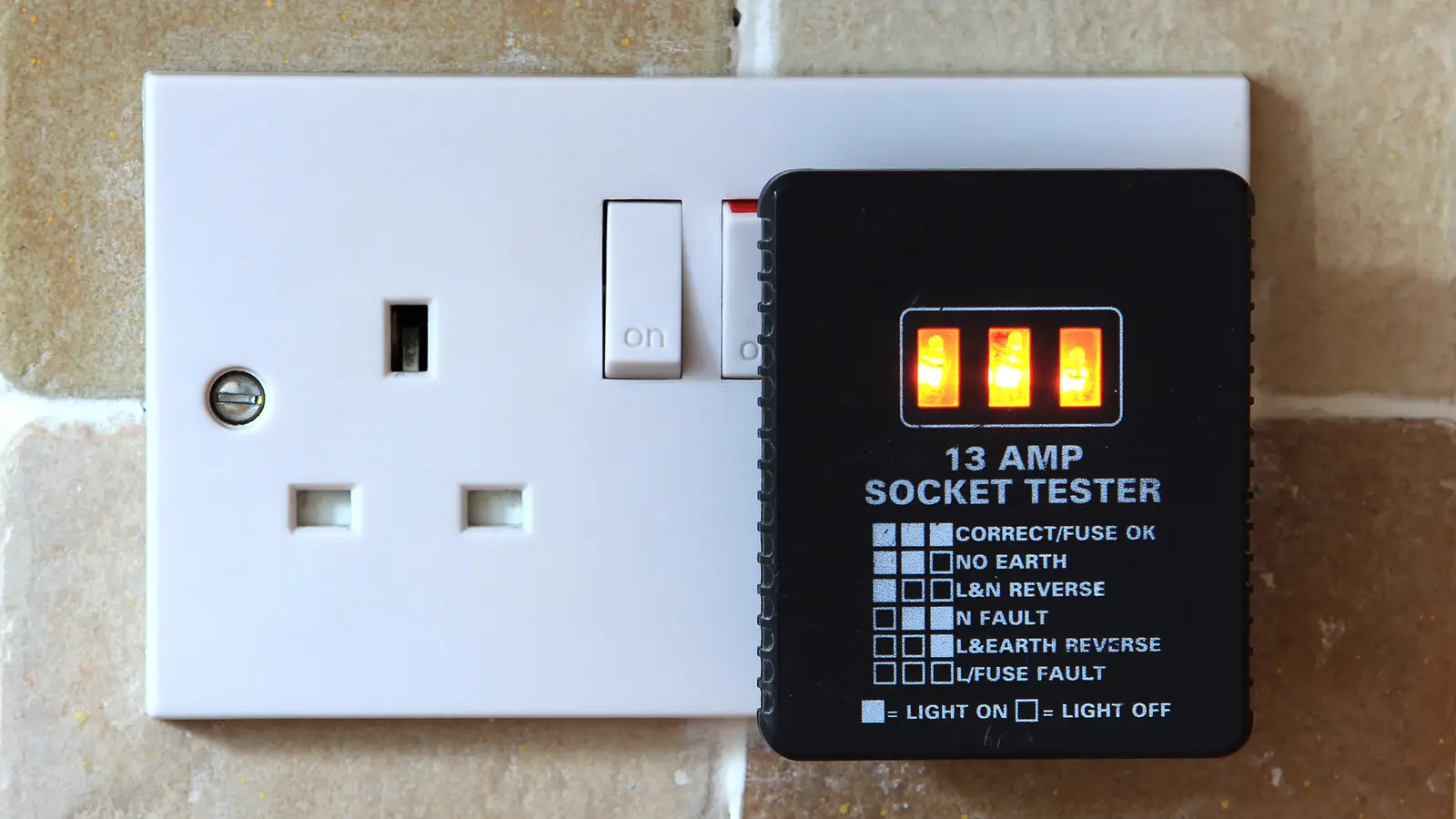
Find out if you can plug a dishwasher into a normal UK socket and what safety rules apply. Quick, clear...

Unsure if a microwave & grill combo can use a normal UK socket? Learn the rules, wattage limits and safety...